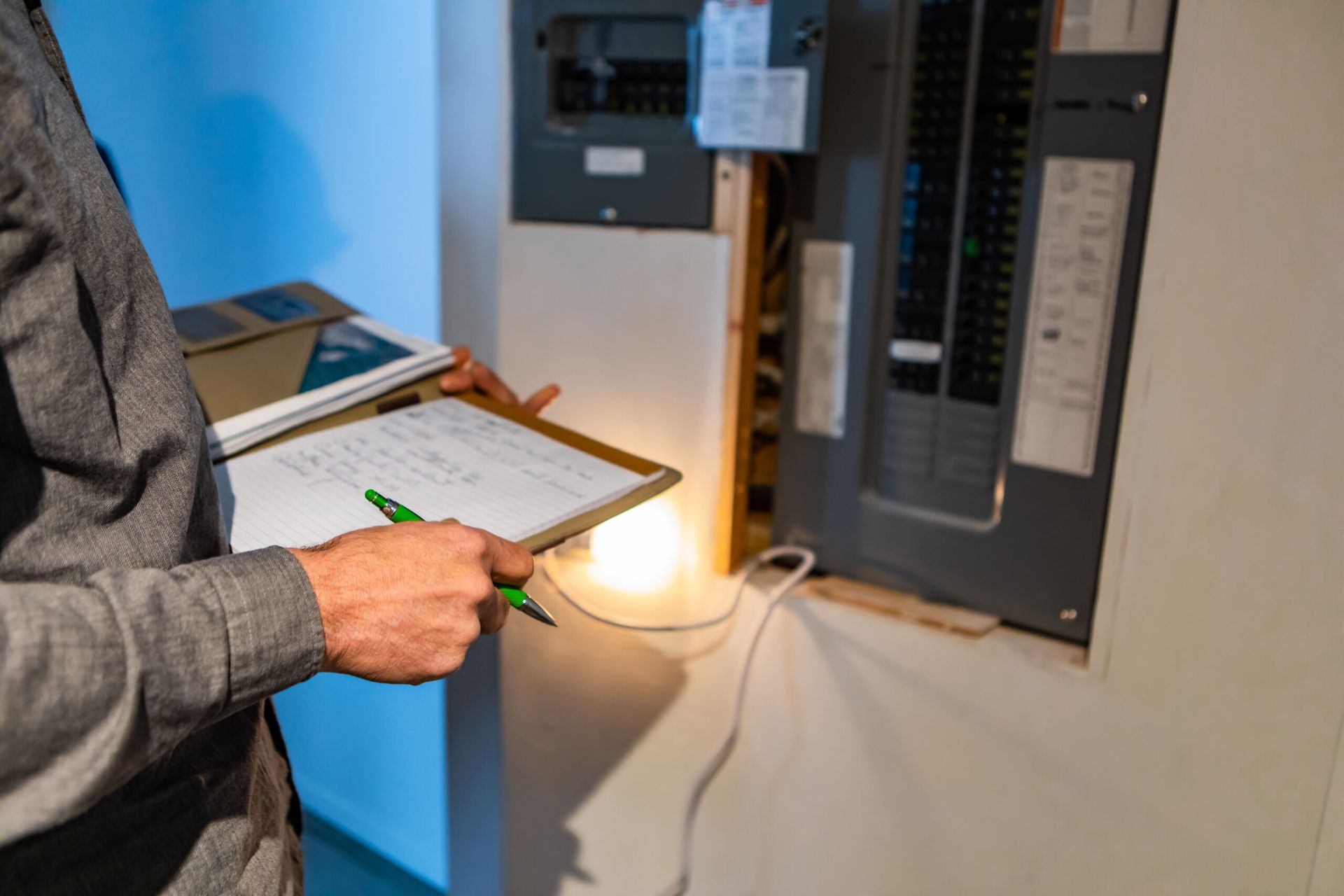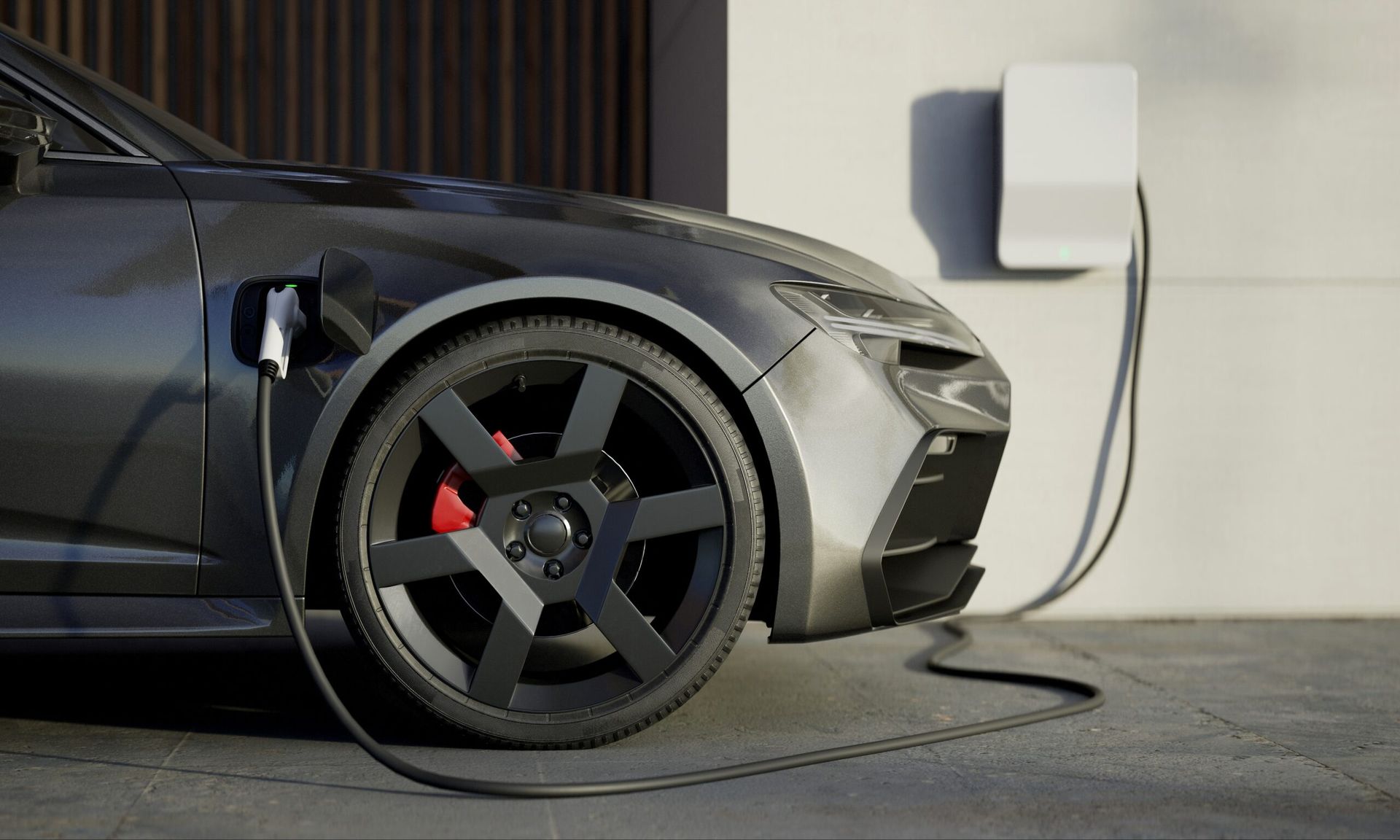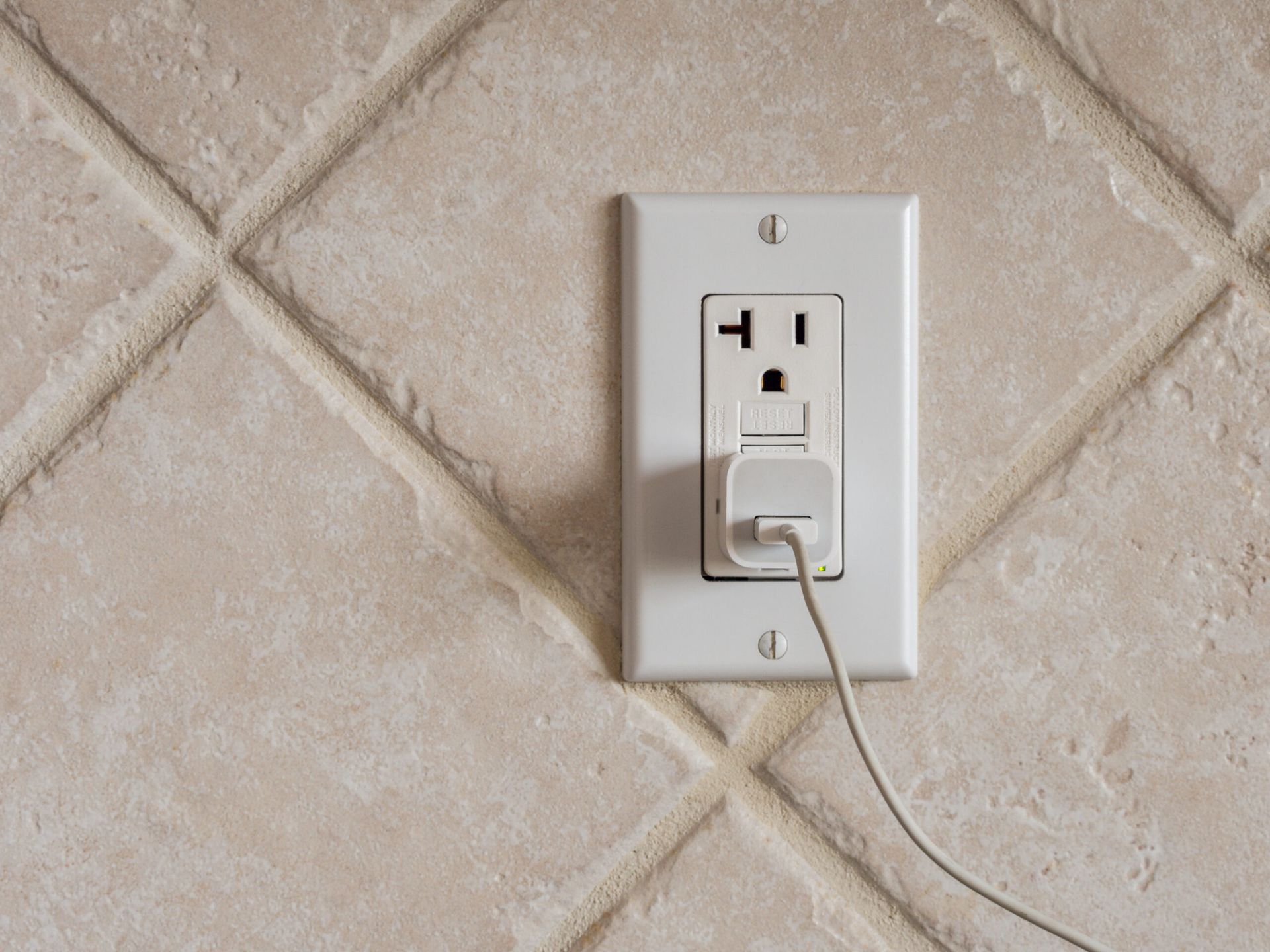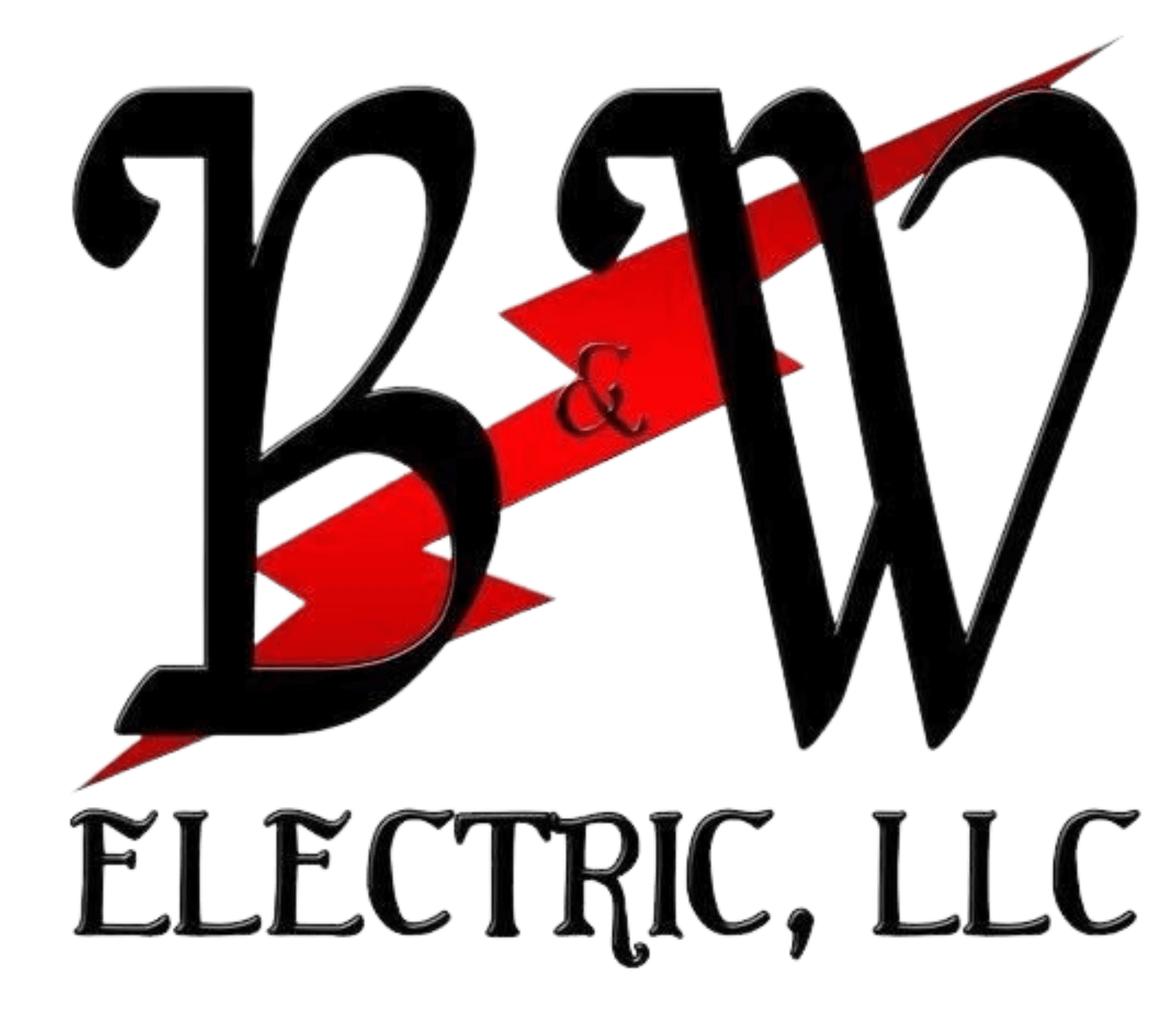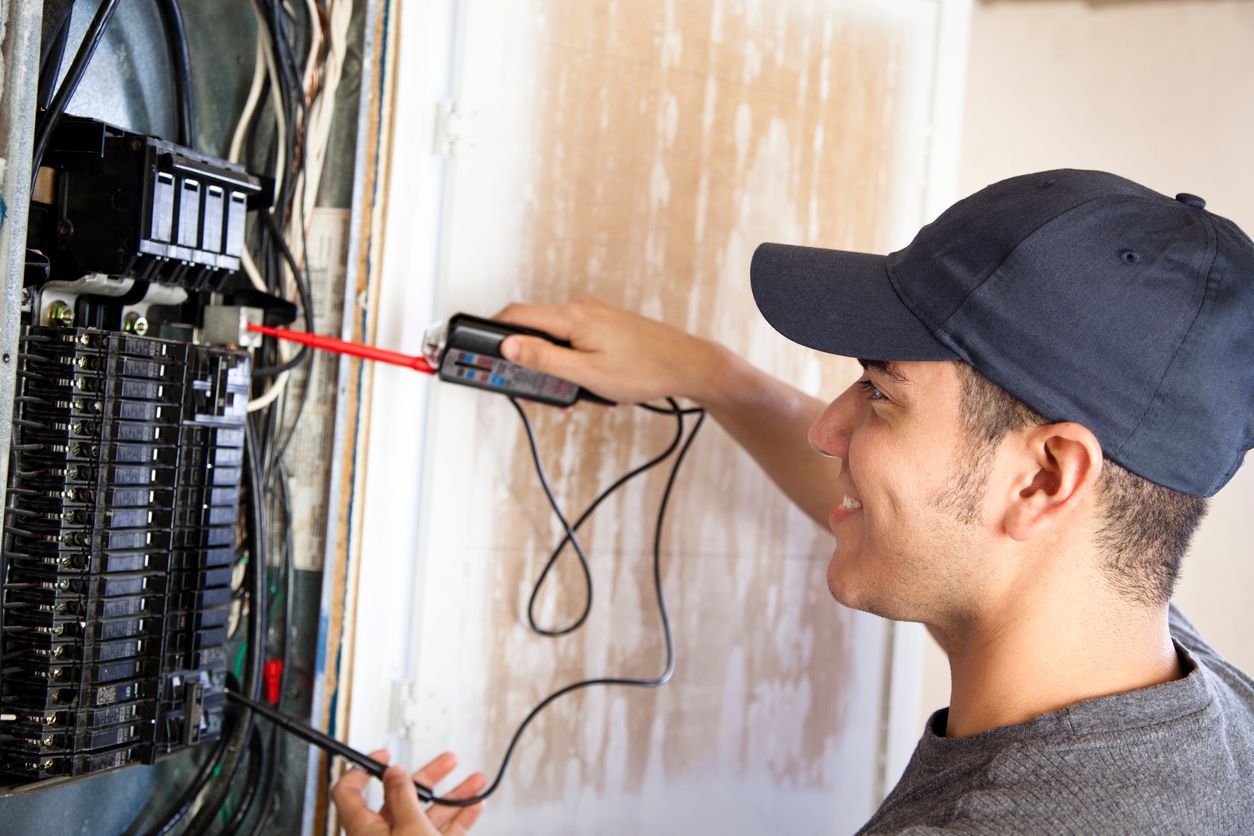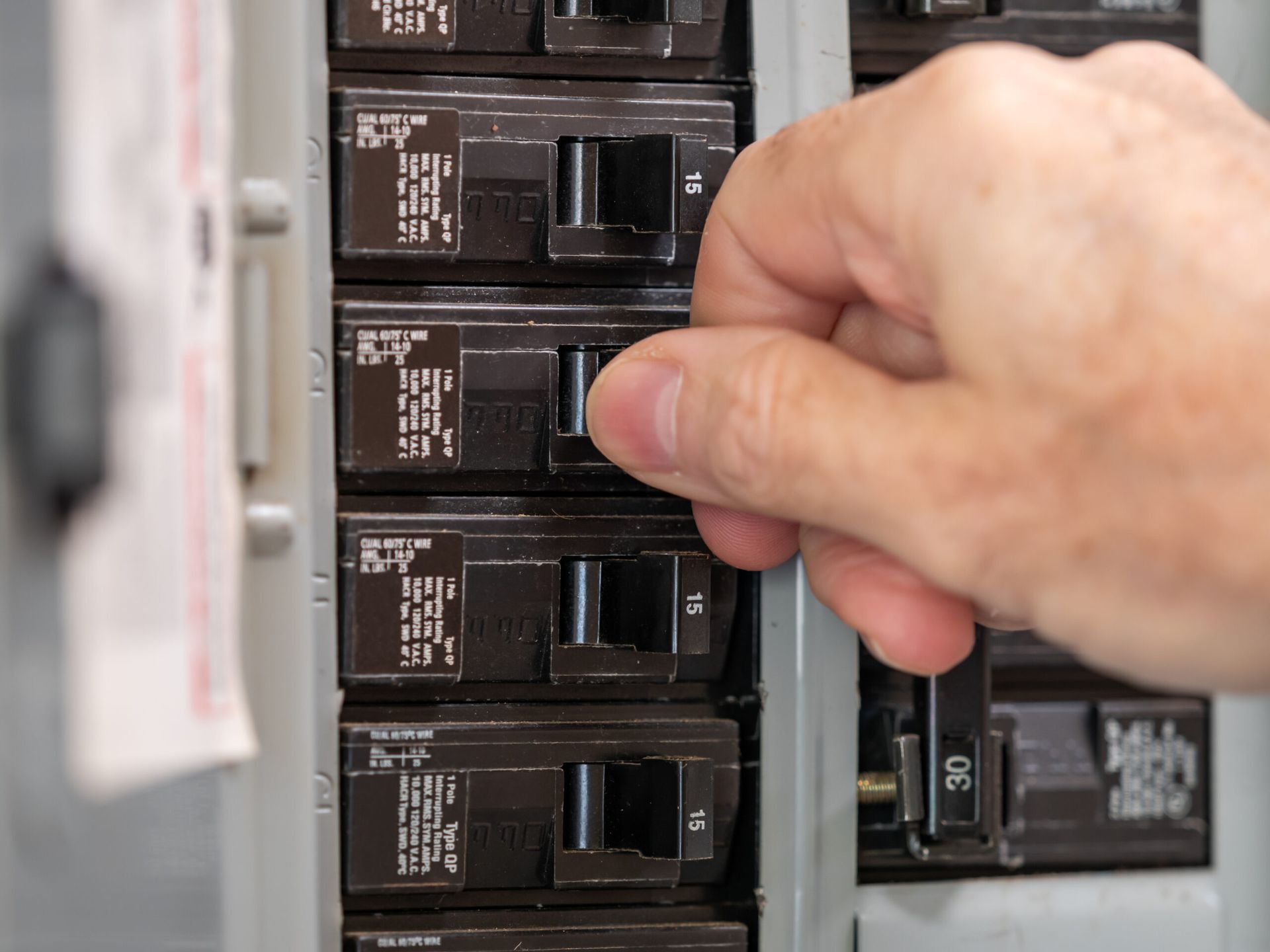In homes and businesses alike, proper electrical panel labeling is of the utmost importance. Often referred to as the breaker box, the electric panel controls the flow of electricity throughout the building, safeguarding against overloads and short circuits by tripping breakers when necessary. A properly labeled electrical panel is crucial because it provides essential information that allows for quick action in emergencies and helps to facilitate routine maintenance.
In this blog, we’ll explore the importance of electrical panel labeling, the requirements for breaker box labeling, and a step-by-step guide on how to label an electrical panel effectively.
Why Labeling Your Electrical Panel Is Important
Labeling an electrical panel might seem like a small task, but it can have significant implications on safety, efficiency, and convenience. Here’s why:
- Quick Emergency Response: Proper labeling of your electrical panel enables you or an electrical professional to quickly identify and shut off the correct breaker, potentially preventing further damage or danger.
- Simplified Maintenance: When performing routine maintenance on appliances or electrical systems, it’s crucial to ensure the correct circuit is de-energized, and knowing which breaker controls what can make the process smooth and stress-free.
- Prevents Overloads: Sometimes, certain circuits may become overloaded if too many devices are drawing power at once, and proper labeling allows you to distribute your electrical load more effectively by knowing which circuits power which areas of your home or business.
- Professional Compliance: Electricians rely on accurate information to complete jobs safely and efficiently. Inaccurate or missing labels can delay repairs, increase labor costs, or even lead to errors during electrical work.
Breaker Box Labeling Requirements
Electrical panel labeling is not just a matter of convenience – it’s also a matter of compliance with local and national electrical codes. Here are the specific requirements as outlined by the National Electrical Code (NEC):
- Accuracy: Each label must provide a clear description of the area or appliances powered by the corresponding circuit breaker.
- Legibility: Labels must be legible and written in durable, permanent ink or printed on materials that won’t easily wear off.
- Permanence: Permanent labeling options, such as engraved labels or printed stickers, are required to ensure long-term safety and compliance.
- Non-Specific Labels Are Prohibited: Breaker panels should not contain vague or generic terms like “Lights” or “Outlets.” Instead, clearly indicate the area of the home or business that is served.
How to Label an Electrical Panel (Step-by-Step)
Now that we’ve established why labeling is important and what the requirements are, let’s walk through the process of labeling your electrical panel.
Step 1: Turn Off the Main Power
Before working with the electrical panel, turn off the main power to prevent any accidental electrocution or short circuits.
Step 2: Map Out the Circuits
Identify which circuit breakers correspond to which areas of your home or business by:
- Turning on all the lights and appliances in the building
- Switching off one breaker at a time and noting which lights or appliances go off
- Writing down the corresponding room, area, or appliance for each breaker
Step 3: Create a Reference Sheet
Once you have mapped out the circuits, create a reference sheet with specific descriptions, clearly listing which breaker corresponds to which circuit.
Step 4: Use Durable, Clear Labels
Using a label maker or printed labels, create durable and legible labels for each breaker.
Step 5: Label the Panel Door
In addition to labeling each breaker, consider adding a reference guide inside the panel door to provide an overview of all circuits and corresponding labels.
Step 6: Test the Labels
Once your labeling is complete, test your system by turning breakers on and off to ensure that each label corresponds accurately to the right circuit.
Step 7: Maintain and Update Labels
Regularly check the condition of your labels and replace any that have faded or worn out.
Conclusion
Labeling your electrical panel may seem like a small task, but in reality, it plays a large role in maintaining safety, compliance, and efficiency in your electrical system. By following the proper steps and adhering to labeling requirements, you can ensure that your breaker box is clear, organized, and ready for any situation that may arise.
If you’re in the Denver area and need an electrical professional to repair or replace a breaker box, contact the seasoned experts at B&W Electric to ensure your project goes smoothly and safely.

